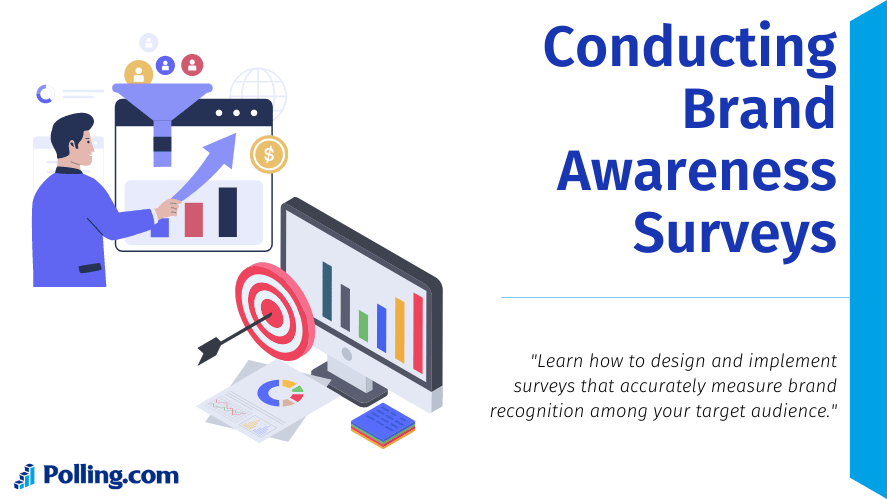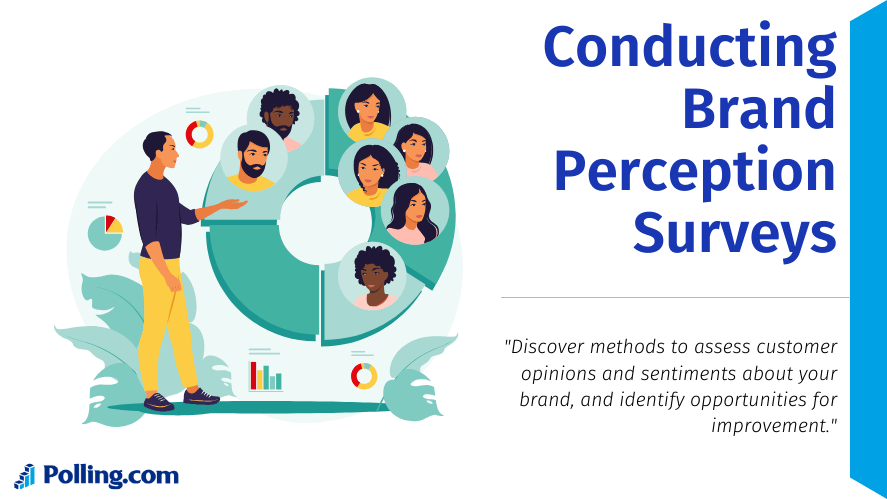
Brand Awareness and Perception: Survey Strategies for Success
Have you ever wondered why some brands are more popular than others? Two main reasons are brand awareness and brand perception. Brand awareness is about how well people know a brand, while brand perception is about what people think and feel about it. It’s important for businesses to understand both so they can attract more customers and keep them coming back. In this article, we’ll explain these ideas, how to measure them, and give some tips on improving them.
Understanding Brand Awareness

What Is Brand Awareness?
Brand awareness means how familiar people are with a brand. For example, when you think of fast food, do you think of McDonald’s right away? That’s brand awareness. It’s crucial because if people don’t know about a brand, they can’t choose its products. Also, a brand that people recognize is more likely to be trusted and preferred.
Key Metrics
- Aided Brand Awareness: This measures how many people recognize a brand when given a clue, like a logo or a list of brands. For instance, if you see a logo and know the brand, that’s aided awareness.
- Unaided Brand Awareness: This measures how many people can think of a brand without any help. For example, if you think of a soft drink and say Coca-Cola without being prompted, that shows unaided awareness.
How to Increase Brand Awareness
To make more people aware of your brand, you can:
- Use Social Media: Post often and interact with followers. Share fun and interesting content, run contests, and use popular hashtags to reach more people.
- Run Ads: Advertise on TV, online, or in print to get the word out about your brand.
- Partner with Influencers: Work with popular people who can introduce your brand to their followers, which helps build trust.
Understanding Brand Perception

What Is Brand Perception?
Brand perception is about how people feel about a brand. It’s based on their experiences and what they hear from others. For example, if a brand is known for great customer service, people will likely have a good opinion of it. This perception can affect whether people choose a brand and whether they recommend it to friends and family.
Factors Influencing Brand Perception
Several things can shape brand perception, including:
- Product Quality: Good quality products usually lead to a positive perception.
- Customer Service: Good service makes people like a brand more, while bad service can turn them away.
- Social Responsibility: Brands that care about the environment or support good causes are often viewed more positively. Many consumers prefer brands that share their values.
How to Measure Brand Perception
Businesses can find out how people feel about their brand by:
- Surveys: Ask customers directly about their opinions and experiences with the brand.
- Social Media Monitoring: See what people are saying about the brand online.
- Focus Groups: Talk to small groups of people to get detailed feedback about their feelings toward the brand.
Conducting Brand Awareness Surveys

Designing Surveys
To design a good brand awareness survey, include questions like:
- Have you heard of [Brand Name]?
- Which brands do you think of when you hear [Product Category]?
Distributing Surveys
Distribute surveys through various channels to reach a broad audience:
- Online: Use email or social media to send out the survey.
- In-Store: Offer paper surveys or set up tablets for customers to use.
Analyzing Results
After collecting the data, analyze it to see how well-known the brand is and where people learned about it. This can help businesses understand how effective their marketing is and where they can improve.
Conducting Brand Perception Surveys

Designing Surveys
For brand perception surveys, ask questions such as:
- What was your overall experience like with [Brand Name]?
- Would you recommend [Brand Name] to others?
Distributing Surveys
These surveys can be distributed through:
- Online: Share the survey via email or social media.
- Customer Service: Use feedback forms or follow-up emails after a customer service interaction.
Analyzing Results
Look at the responses to see what customers like or dislike about the brand. This helps identify strengths and areas needing improvement, which is crucial for making strategic decisions.
Conclusion
In summary, brand awareness and perception are essential for any business’s success. By understanding these concepts and regularly measuring them, companies can improve their strategies and connect better with customers. Implementing these practices helps attract new customers and retain existing ones, leading to a stronger brand and better customer relationships. Overall, this results in long-term success in the market.
